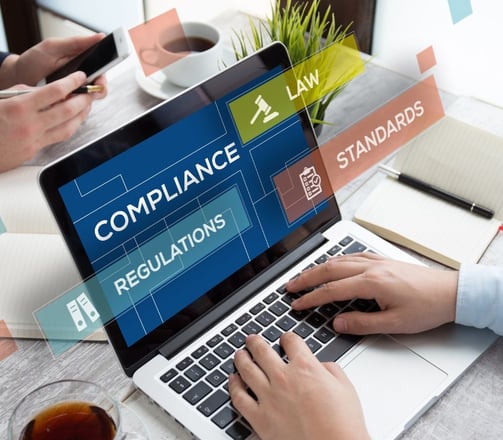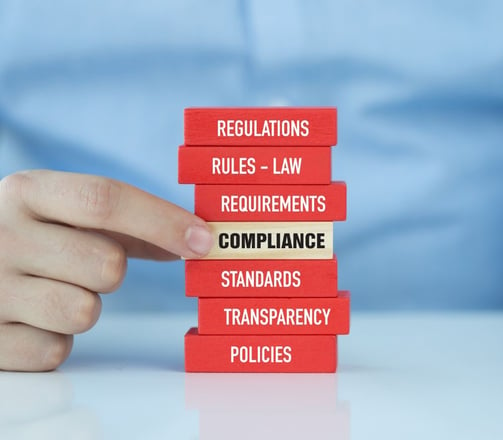What is EPR Compliance?
Extended Producer Responsibility (EPR) compliance is a crucial regulatory requirement for businesses involved in the production, import, or use of materials that contribute to waste. EPR mandates producers to take responsibility for the lifecycle of their products, ensuring proper waste management and recycling.
The compliance process involves two key activities: Submission of Annual Returns and Target Fulfillment. These activities are designed to track and measure a company’s environmental impact, ensuring that they meet their waste management obligations and contribute to sustainability goals.




Annual Returns Submission
EPR compliance requires businesses to submit Annual Returns to demonstrate their commitment to responsible waste management. The process involves the following steps:
Data Collection: Businesses must gather data on the import or production of goods, particularly those that generate waste (e.g., plastic, electronic waste, battery waste, etc.). This includes detailed information on the quantities of materials imported or produced during the financial year.
Return Preparation: The collected data is compiled into a comprehensive report, which includes key details such as:
Total amount of waste generated by the business
Quantity of material recycled or recovered
Compliance status with the prescribed targets
Certification from authorized recyclers, if applicable
Upload and Submission: The prepared report, containing the relevant import or production data, is uploaded onto the designated EPR platform, ensuring the submission is made within the deadlines. Timely submission of annual returns is critical to avoid penalties and ensure continued compliance.
EPR Target Fulfilment
In addition to submitting the annual returns, businesses must fulfill their EPR targets by demonstrating that they have met the recycling or recovery goals set by the regulatory authorities. This is achieved through the following process:
Procurement of EPR Credits: EPR credits are obtained from certified recyclers, who can demonstrate that the required amount of waste has been recycled or recovered. Businesses procure these credits to fulfill their EPR targets, especially if they do not have direct access to recycling facilities.
Using EPR Credits for Fulfillment: Once the EPR credits are procured, businesses can use them to meet the recycling or recovery targets outlined in the EPR regulations. These credits serve as proof that the waste generated by the business has been responsibly managed and processed through certified recycling channels.
Recycling Targets Compliance: The total number of credits required will depend on the regulatory requirements set for the business, based on the type and volume of waste they produce. Meeting these targets is a key aspect of ensuring full EPR compliance.
EPR Compliance
Expert consultancy for EPR registrations and compliance management solutions.








